Home>Furniture & Design>Interior Design Trends>How Many Calories In A Glass Of Champagne
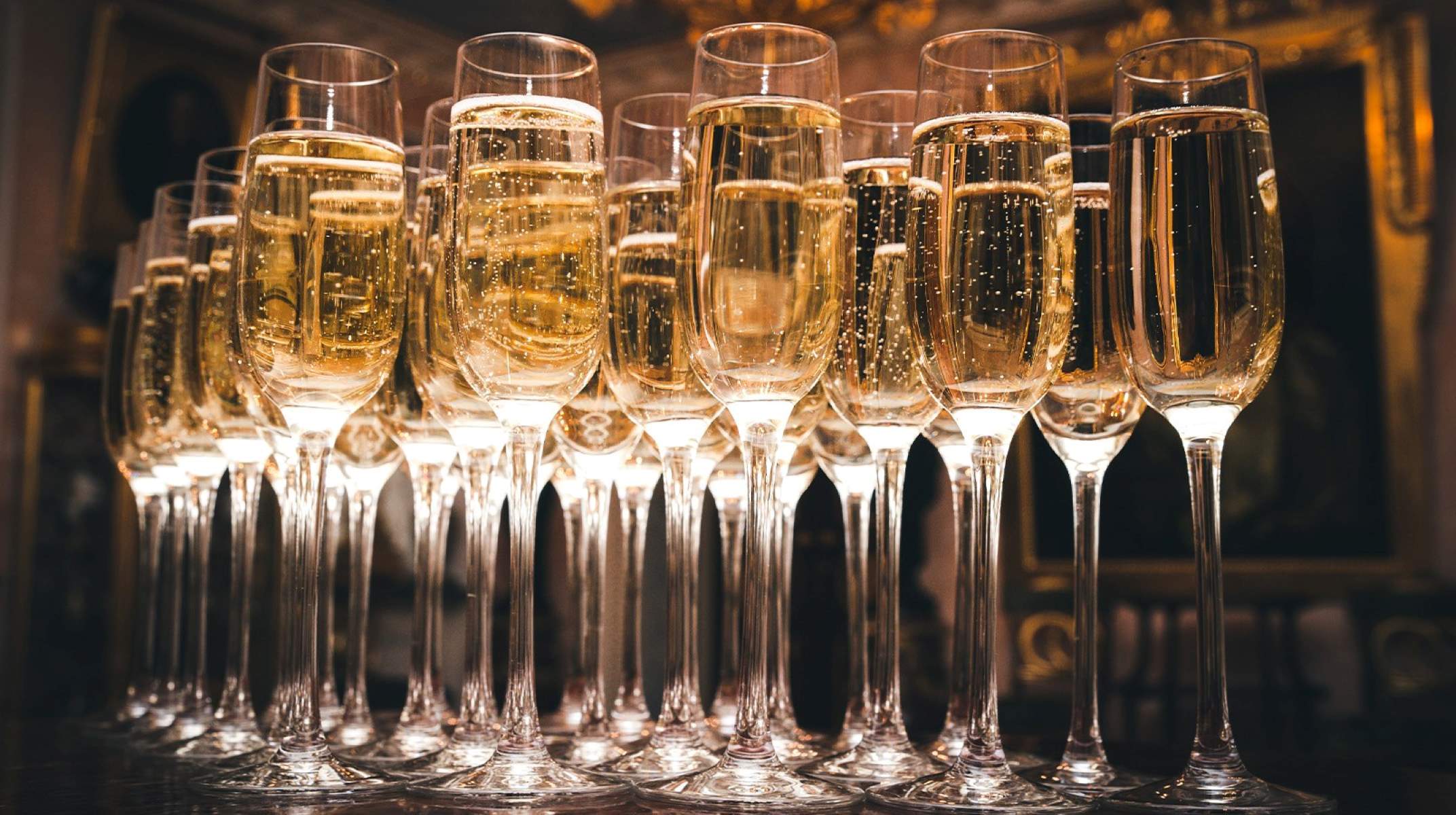

Interior Design Trends
How Many Calories In A Glass Of Champagne
Modified: February 7, 2024
Discover the calorie count in a glass of champagne and stay updated on the latest interior design trends. Learn more about champagne and interior design now!
(Many of the links in this article redirect to a specific reviewed product. Your purchase of these products through affiliate links helps to generate commission for Storables.com, at no extra cost. Learn more)
Introduction
Champagne, the effervescent symbol of celebration and luxury, has long been revered for its exquisite taste and association with special occasions. However, beyond its delightful bubbles and elegant presentation lies a topic of interest for many: the nutritional content of this beloved beverage. While champagne is often enjoyed for its taste and celebratory nature, understanding its caloric content is essential for those who are mindful of their dietary intake.
In this article, we will delve into the nutritional aspects of champagne, shedding light on its caloric content and the factors that influence it. By exploring the intricacies of champagne's nutritional profile, we aim to provide valuable insights for individuals seeking to make informed choices about their consumption of this beloved sparkling wine. Whether you're sipping champagne at a festive gathering or simply indulging in a quiet moment of luxury, having a clear understanding of its caloric content can empower you to enjoy this delightful libation in a mindful and health-conscious manner.
As we embark on this exploration, it's important to approach the topic with a balanced perspective. While we'll uncover the caloric details of champagne, it's crucial to remember that moderation and mindfulness are key when it comes to enjoying any indulgence. By gaining a deeper understanding of the nutritional aspects of champagne, we can savor this beloved beverage with a heightened sense of awareness, allowing us to fully appreciate its allure while making informed choices that align with our well-being.
Join us as we uncork the nutritional secrets of champagne, uncovering the factors that influence its caloric content and offering practical tips for savoring this effervescent delight in a health-conscious manner. Let's raise our glasses to a journey of discovery and appreciation for the finer details of this beloved sparkling wine.
Key Takeaways:
- Champagne contains approximately 90-100 calories per 4-ounce serving, influenced by alcohol and residual sugar. Understanding its nutritional aspects empowers mindful consumption and aligns with health goals.
- Factors like alcohol by volume, residual sugar, serving size, and production methods shape champagne’s caloric content. Embracing mindfulness, hydration, and balanced enjoyment enhances the champagne experience.
Read more: How Many Calories Is A Glass Of Milk
The Nutritional Content of Champagne
When it comes to understanding the nutritional content of champagne, it's essential to consider its composition and the impact it can have on our dietary intake. Champagne, a sparkling wine renowned for its effervescence and elegance, offers a unique blend of flavors and aromas that contribute to its allure. However, beneath its captivating appeal lies a set of nutritional attributes that warrant exploration.
Caloric Content:
One of the primary nutritional aspects of champagne is its caloric content. A standard serving of champagne, typically measured as 4 ounces, contains approximately 90-100 calories. This caloric value can vary slightly depending on the specific type and brand of champagne. The presence of alcohol in champagne contributes to its caloric content, as alcohol is a concentrated source of energy. It's important to be mindful of the caloric intake from champagne, especially when enjoying multiple servings during celebratory events or social gatherings.
Carbohydrates and Sugar:
Champagne contains a modest amount of carbohydrates, primarily in the form of residual sugar. The level of sweetness in champagne can vary, ranging from bone-dry to sweet, influencing the carbohydrate content. On average, a standard serving of champagne contains approximately 1-2 grams of carbohydrates, with the residual sugar contributing to its overall flavor profile. Understanding the carbohydrate content of champagne can be valuable for individuals monitoring their carbohydrate intake, such as those following specific dietary plans or managing their blood sugar levels.
Other Nutritional Components:
In addition to its caloric and carbohydrate content, champagne offers negligible amounts of protein and fat. While it does not serve as a significant source of essential nutrients, champagne contributes to the overall sensory experience of indulgence and celebration. It's important to recognize that the nutritional value of champagne lies primarily in its ability to enhance social experiences and elevate moments of joy and connection.
By gaining insight into the nutritional content of champagne, individuals can make informed choices about its consumption, aligning their enjoyment with their dietary preferences and health goals. Whether sipped as a standalone indulgence or paired with delectable culinary creations, understanding the nutritional nuances of champagne empowers individuals to savor this beloved sparkling wine with a heightened sense of awareness and appreciation for its distinctive attributes.
Read more: How Many Calories Is A Glass Of Whiskey
Factors Affecting the Caloric Content
The caloric content of champagne is influenced by several key factors, each contributing to the overall energy value of this beloved sparkling wine. Understanding these factors provides valuable insights into the varying caloric profiles of different champagnes and empowers individuals to make informed choices about their consumption. Let's explore the elements that play a pivotal role in shaping the caloric content of champagne:
Alcohol by Volume (ABV):
The alcohol by volume (ABV) of champagne significantly impacts its caloric content. As a concentrated source of energy, alcohol contributes a substantial number of calories to the overall composition of champagne. The ABV of champagne can vary, with typical ranges falling between 11% to 12.5%. Higher ABV champagnes will inherently contain more calories per serving due to the increased alcohol content. It's important to be mindful of the ABV when assessing the caloric impact of champagne, especially for individuals seeking to manage their overall alcohol consumption and dietary energy intake.
Residual Sugar:
The presence of residual sugar in champagne influences its caloric content, particularly in sweeter varieties. Champagnes with higher residual sugar levels will contain more carbohydrates, contributing to the overall caloric value. The sweetness of champagne can vary, ranging from bone-dry (containing minimal residual sugar) to demi-sec or doux (containing higher levels of residual sugar). Understanding the residual sugar content of champagne is essential for individuals monitoring their carbohydrate intake and seeking to align their consumption with their dietary preferences.
Serving Size:
The serving size of champagne directly impacts the caloric intake per serving. A standard serving of champagne is typically measured as 4 ounces, containing approximately 90-100 calories. However, variations in serving size can lead to proportional changes in caloric intake. Larger servings will naturally contain more calories, while smaller servings offer reduced energy value. Being mindful of serving sizes is crucial for accurately assessing the caloric impact of champagne and making conscious choices about consumption.
Read more: How Many Carbs Is A Glass Of Champagne
Production Methods and Ingredients:
The production methods and ingredients used in crafting champagne can also influence its caloric content. Factors such as grape varietals, fermentation techniques, and aging processes contribute to the overall composition of champagne. Additionally, the use of certain additives or sweeteners in specific champagne styles can impact the caloric profile. Understanding the nuances of production methods and ingredients provides a deeper appreciation for the diverse caloric attributes of different champagnes.
By considering these factors, individuals can gain a comprehensive understanding of the elements that shape the caloric content of champagne. This knowledge empowers them to approach their enjoyment of champagne with mindfulness, enabling them to make informed choices that align with their dietary preferences and health-conscious lifestyles. Whether savoring a crisp, dry champagne or indulging in a sweeter variety, awareness of these factors enriches the experience of enjoying this effervescent delight.
Tips for Enjoying Champagne in a Healthy Way
-
Mindful Consumption: When savoring champagne, practice mindful consumption by being aware of serving sizes and the number of glasses enjoyed. Opt for smaller, elegant champagne flutes to appreciate the effervescence and flavor without overindulging. By sipping slowly and savoring each delightful sip, you can fully immerse yourself in the experience while maintaining a balanced approach to consumption.
-
Hydration: Prioritize hydration by alternating glasses of champagne with water. Staying adequately hydrated not only supports overall well-being but also helps pace your consumption of champagne. This approach allows you to relish the celebratory essence of champagne while maintaining a balanced intake of fluids.
-
Pairing with Fresh Fruits: Complement your champagne indulgence with a selection of fresh fruits, such as berries, sliced peaches, or citrus segments. The vibrant flavors and natural sweetness of fruits harmonize beautifully with champagne, offering a delightful sensory experience. This pairing adds a touch of sophistication to your enjoyment while incorporating wholesome elements into your celebratory moments.
-
Opt for Brut or Extra Brut Varieties: Choose brut or extra brut champagnes, which are known for their drier profiles and lower residual sugar content. These varieties typically contain fewer carbohydrates and calories compared to sweeter styles, aligning with health-conscious preferences. Embracing the crisp elegance of brut champagnes allows you to relish the essence of this sparkling wine while making mindful choices about your dietary intake.
-
Balanced Lifestyle Integration: Integrate champagne enjoyment into a balanced and active lifestyle. Whether it's toasting to a special occasion or unwinding after a fulfilling day, incorporating champagne into a well-rounded approach to leisure and relaxation can enhance the overall experience. By intertwining champagne enjoyment with moments of joy and connection, you can cultivate a holistic perspective on well-being.
-
Awareness of Personal Limits: Respect your personal limits and be attuned to your body's responses when enjoying champagne. Understanding your tolerance and recognizing when to moderate your consumption fosters a sense of self-awareness and responsibility. By embracing a mindful and considerate approach to champagne enjoyment, you can revel in its allure while prioritizing your well-being.
-
Embrace the Essence of Celebration: Ultimately, embracing the essence of celebration and joy that champagne embodies is at the heart of enjoying this effervescent delight in a healthy way. Whether marking significant milestones or reveling in everyday moments, sipping champagne with a spirit of appreciation and gratitude enriches the experience. By infusing your champagne indulgence with a sense of mindfulness and celebration, you can elevate the enjoyment while honoring your well-being.
Incorporating these tips into your champagne enjoyment allows you to relish this beloved sparkling wine in a health-conscious manner. By embracing mindfulness, balance, and a celebration-centric approach, you can savor the effervescence and elegance of champagne while nurturing a holistic perspective on well-being.
Conclusion
In conclusion, the nutritional exploration of champagne unveils a nuanced understanding of this beloved sparkling wine, shedding light on its caloric content and the factors that shape its dietary impact. By delving into the nutritional intricacies of champagne, individuals gain valuable insights that empower them to savor this effervescent delight in a mindful and health-conscious manner.
The caloric content of champagne, typically ranging from 90-100 calories per standard 4-ounce serving, reflects the influence of alcohol and residual sugar, key components that contribute to its energy value. Understanding the interplay of these elements allows individuals to make informed choices about their consumption, aligning their enjoyment with their dietary preferences and well-being.
Factors such as alcohol by volume (ABV), residual sugar levels, serving size, and production methods play pivotal roles in shaping the caloric content of champagne. By recognizing the impact of these factors, individuals can approach their champagne indulgence with mindfulness, appreciating the diverse attributes of different champagnes while making conscious choices about their dietary intake.
Furthermore, the tips for enjoying champagne in a healthy way offer practical guidance for integrating mindfulness and balance into champagne consumption. From practicing mindful consumption and prioritizing hydration to embracing the essence of celebration, these tips enrich the experience of savoring champagne while nurturing a holistic perspective on well-being.
Ultimately, the nutritional journey of champagne transcends mere caloric values, encompassing the art of mindful indulgence and the celebration of life's moments. By embracing a balanced and informed approach to champagne enjoyment, individuals can relish the elegance and effervescence of this sparkling wine while honoring their well-being and the joy it symbolizes.
As we raise our glasses to the allure of champagne, let us do so with a heightened sense of awareness, appreciation, and celebration. May each sip be a testament to the harmonious blend of indulgence and well-being, encapsulating the essence of champagne's timeless charm and the joy it brings to our lives. Cheers to the art of savoring champagne in a health-conscious and celebratory manner, embracing the beauty of life's moments with every effervescent sparkle.
Frequently Asked Questions about How Many Calories In A Glass Of Champagne
Was this page helpful?
At Storables.com, we guarantee accurate and reliable information. Our content, validated by Expert Board Contributors, is crafted following stringent Editorial Policies. We're committed to providing you with well-researched, expert-backed insights for all your informational needs.
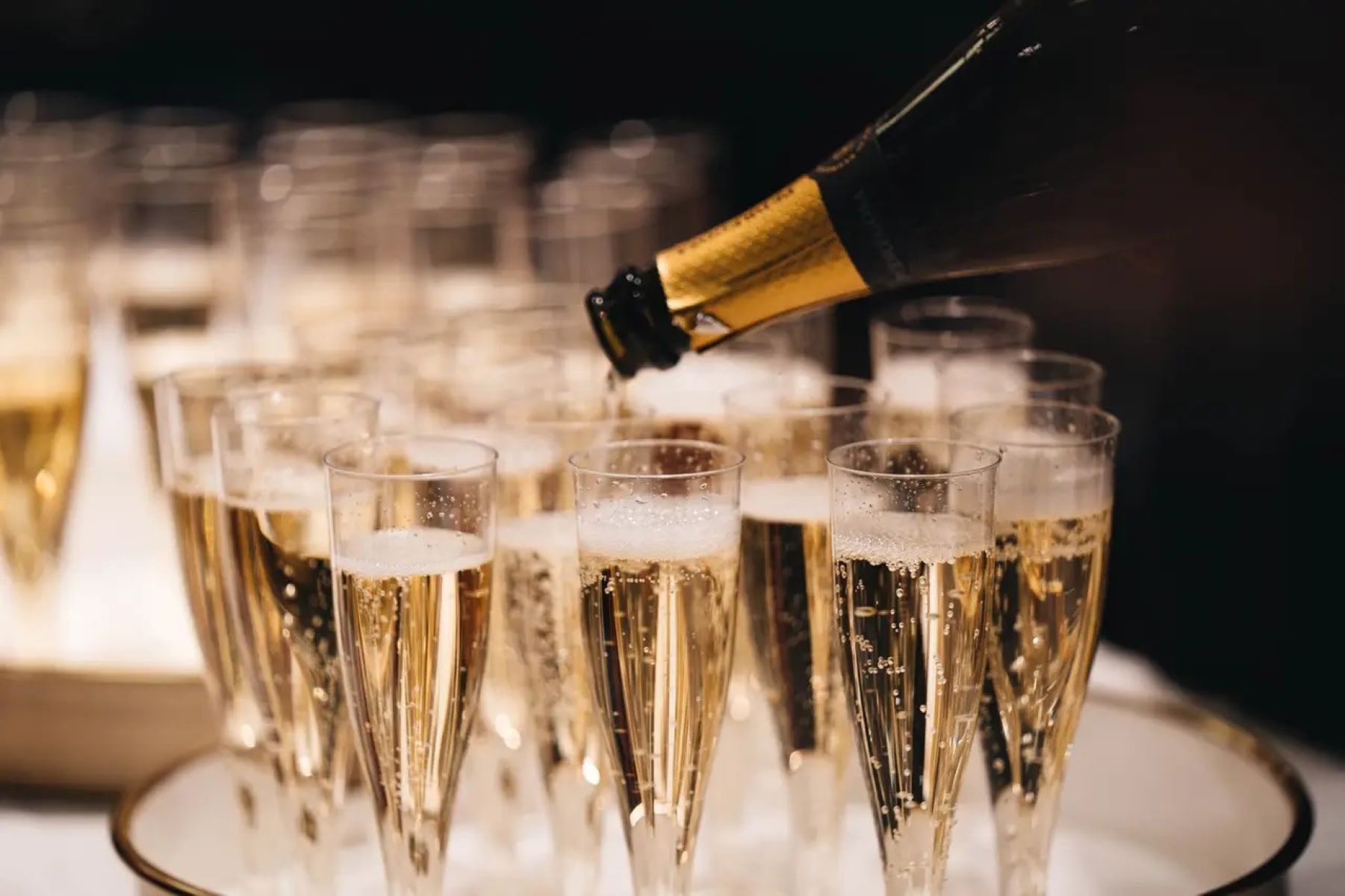

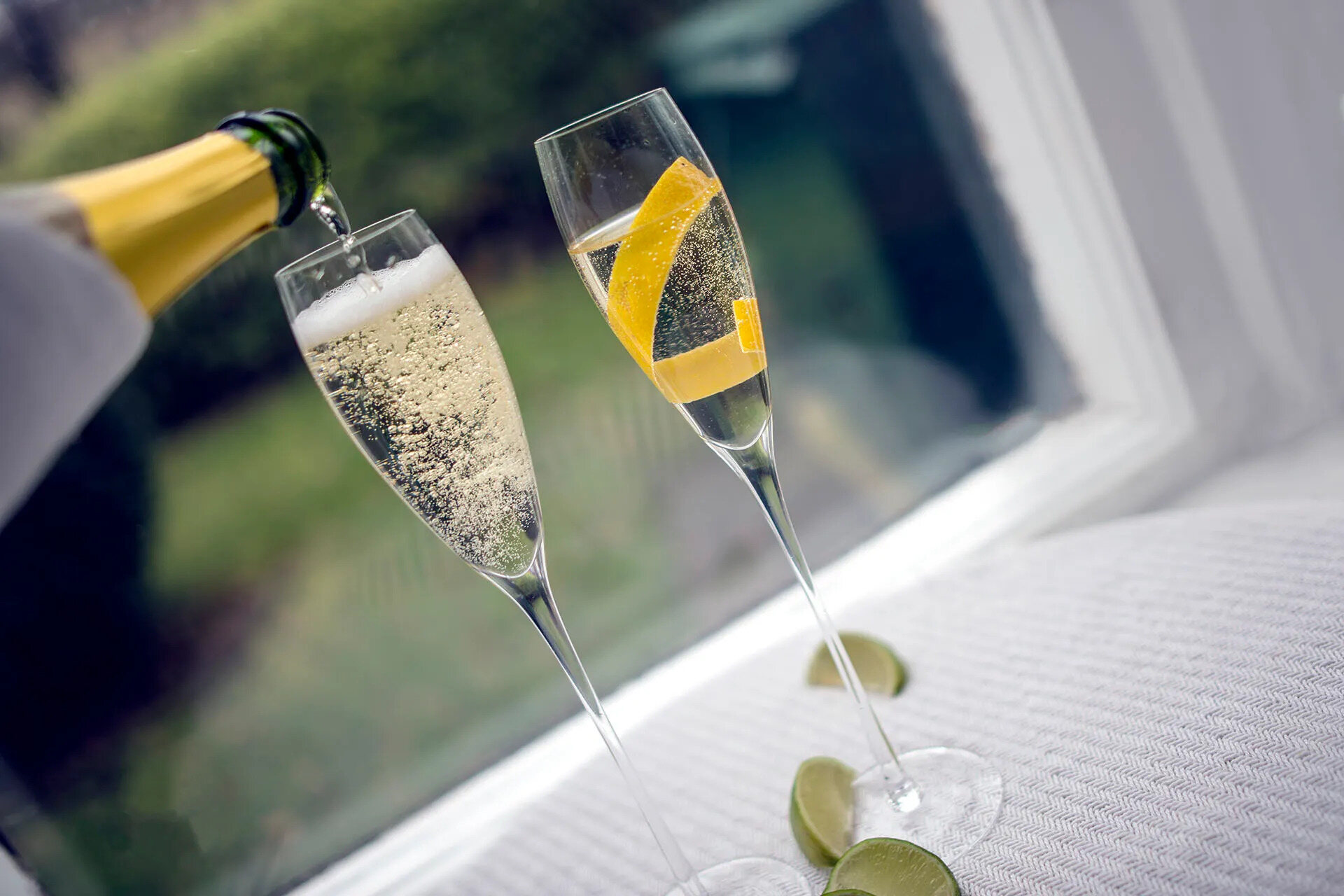
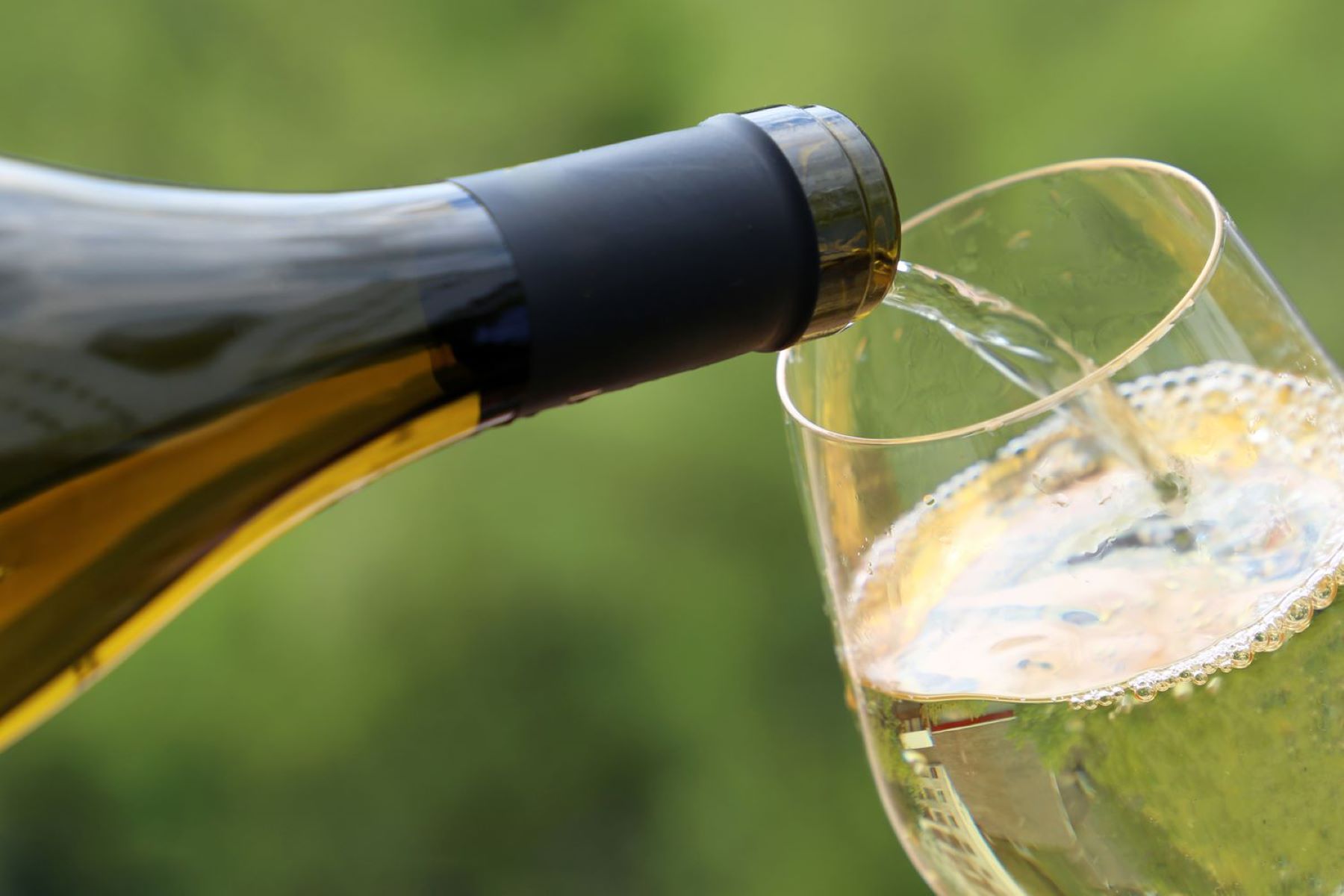
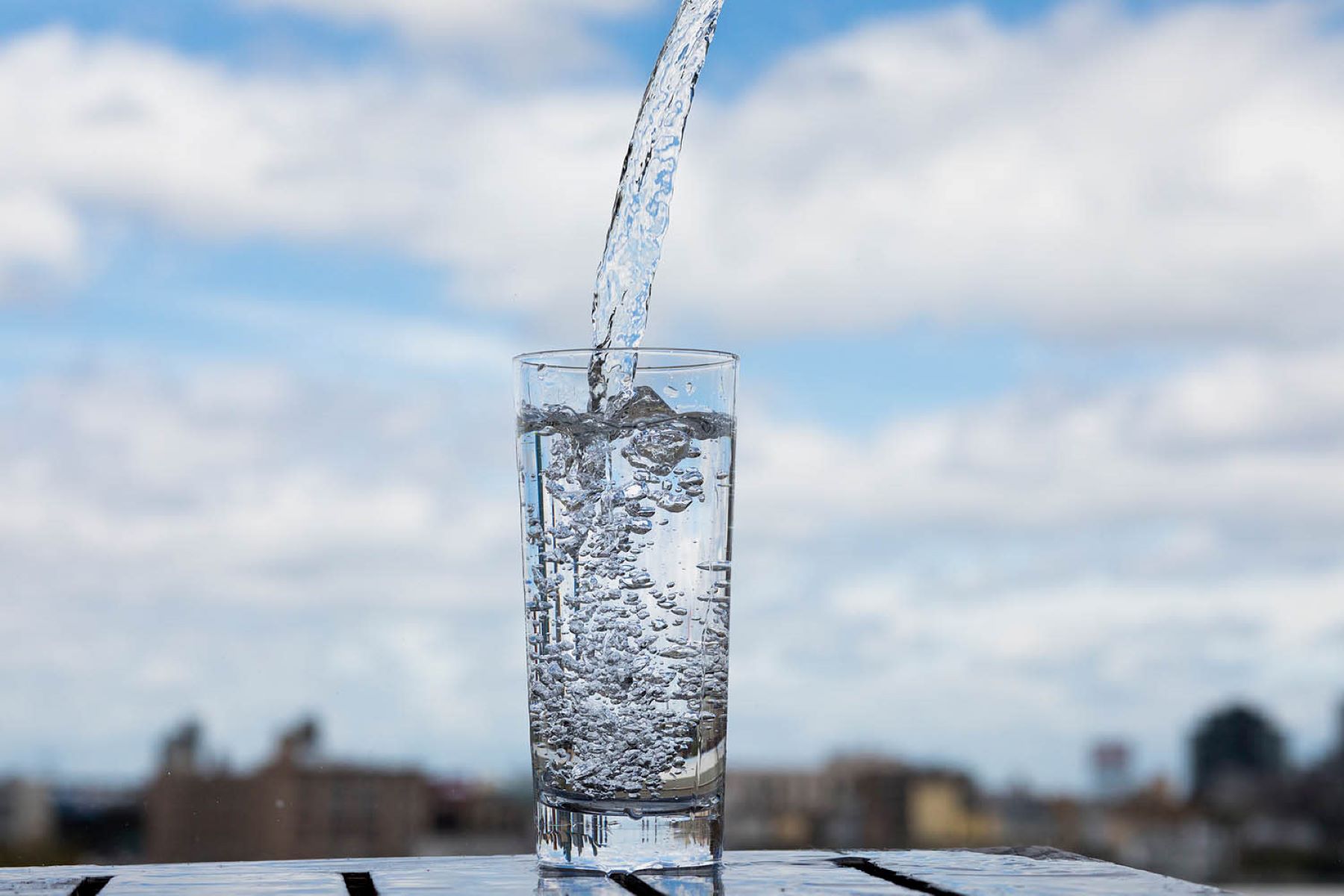
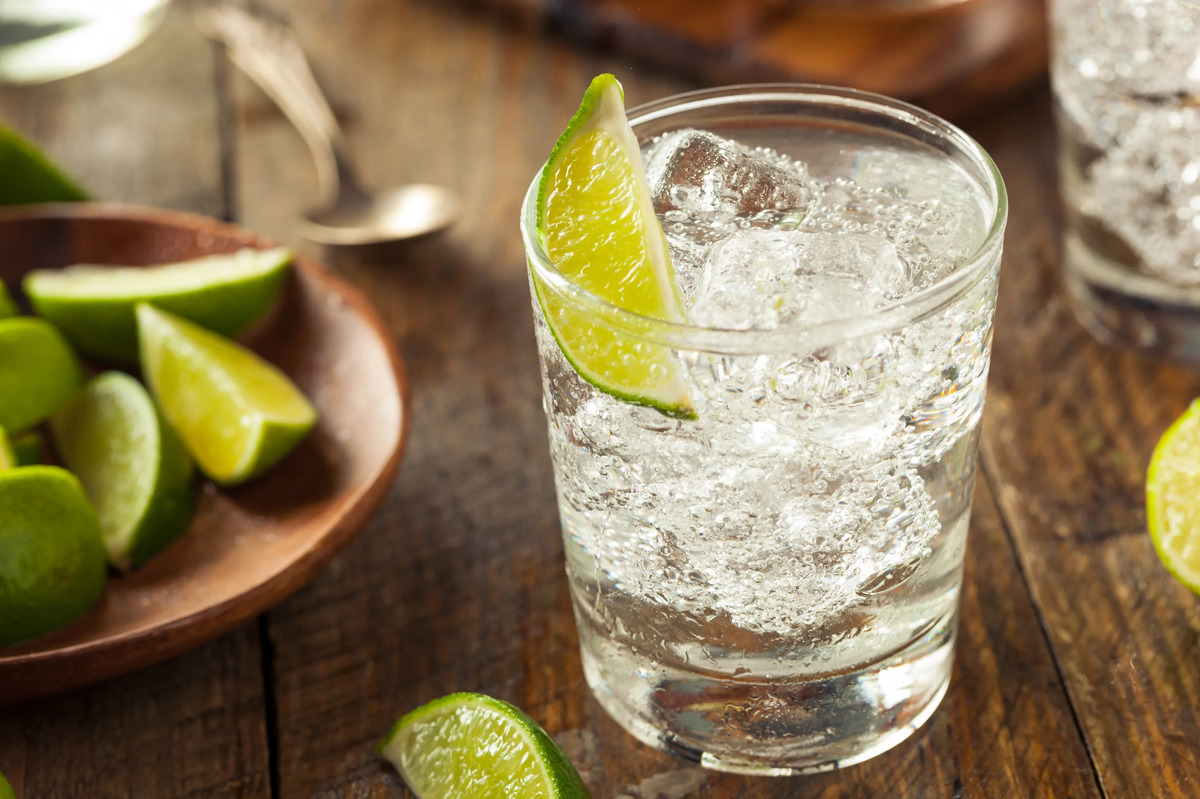
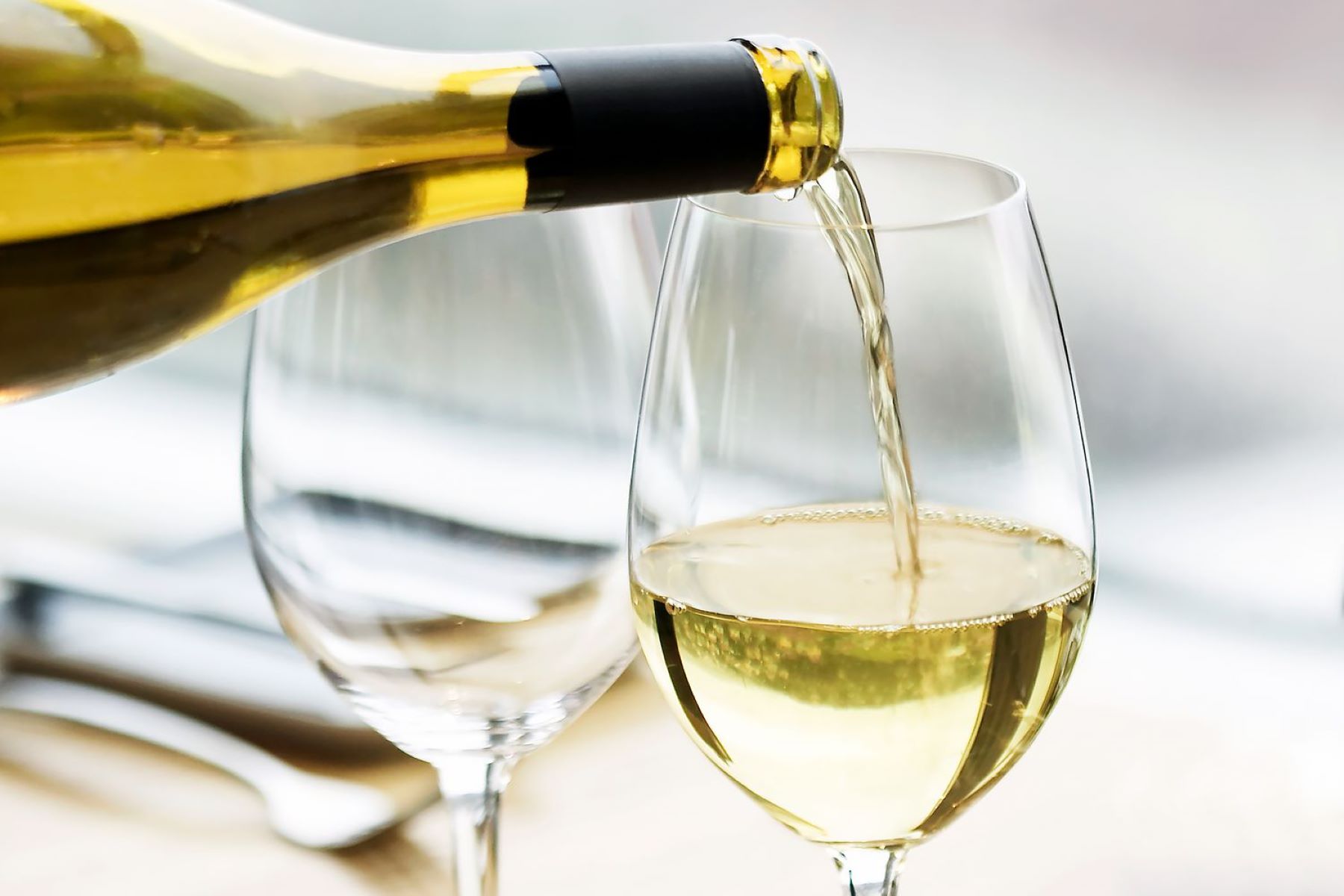
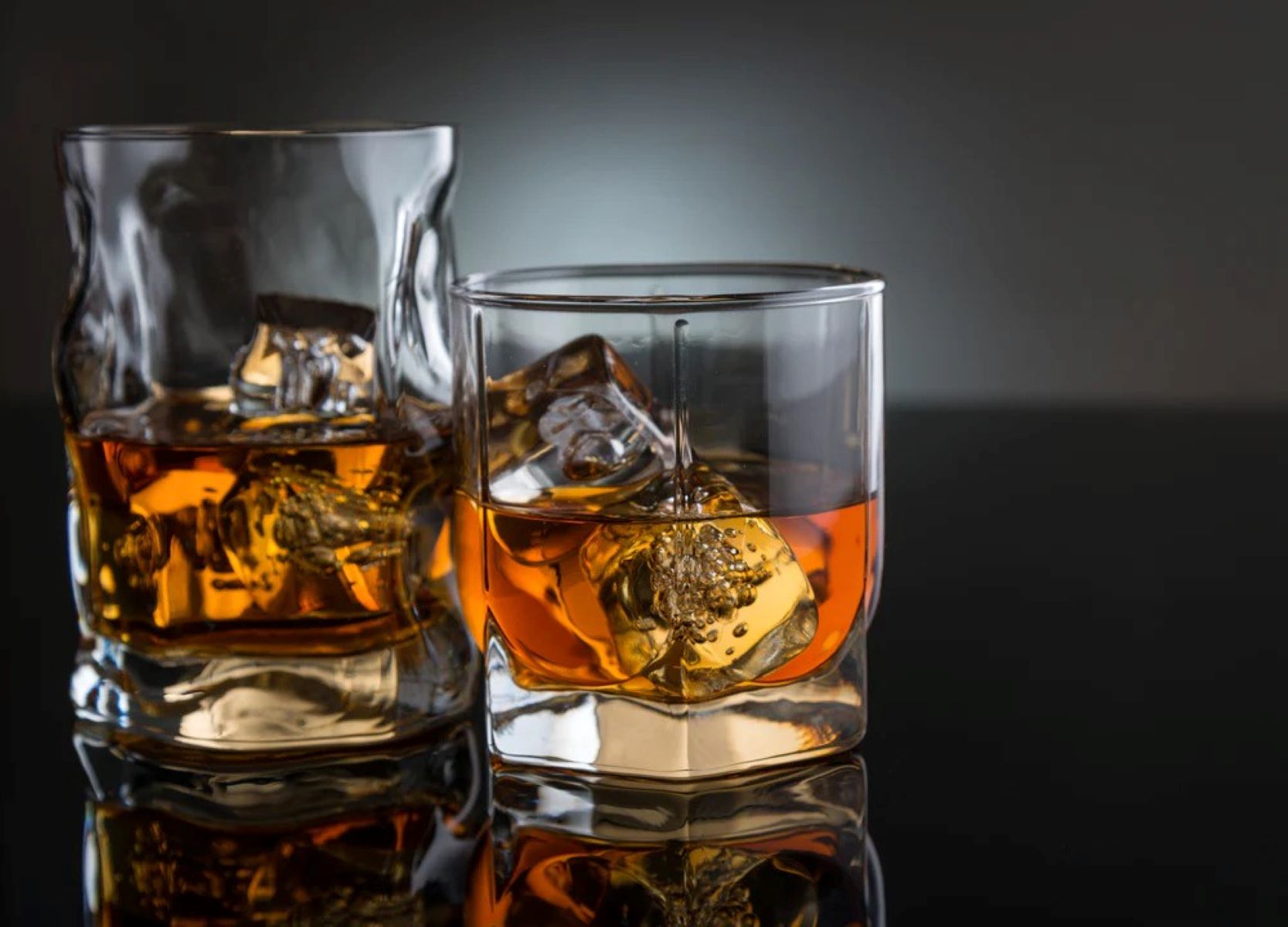
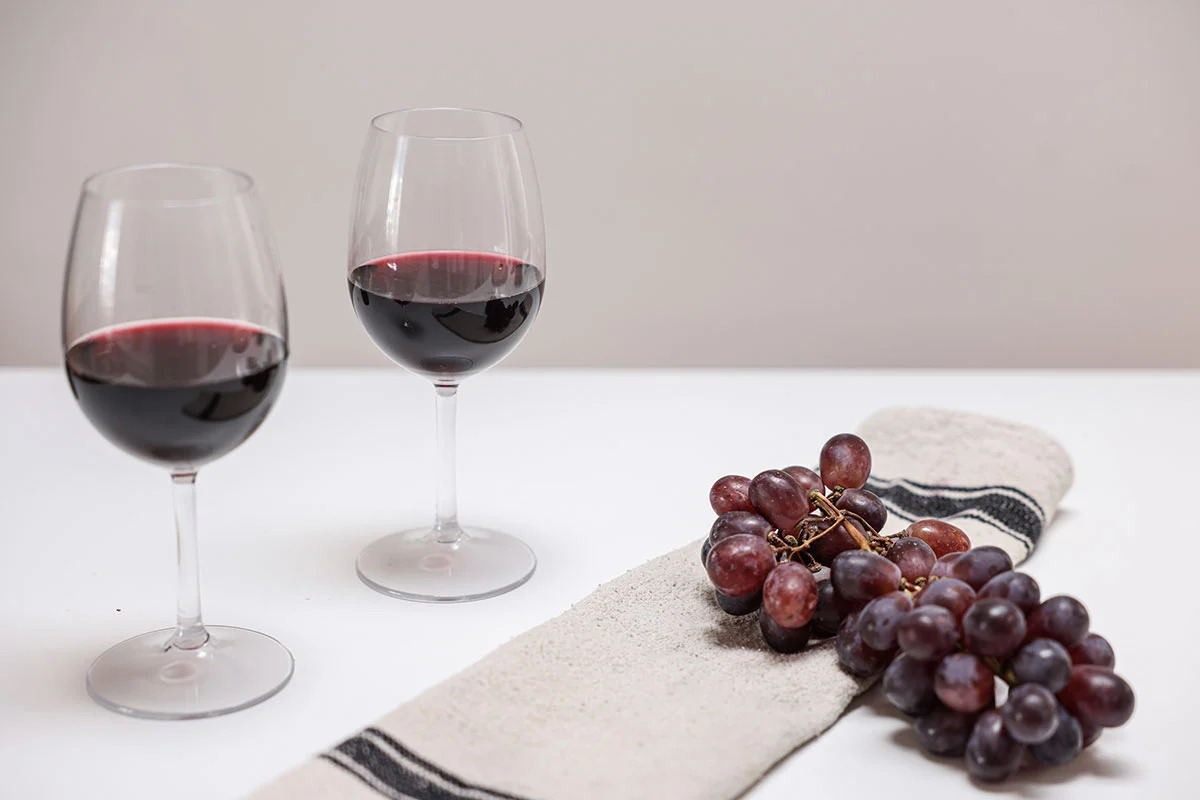
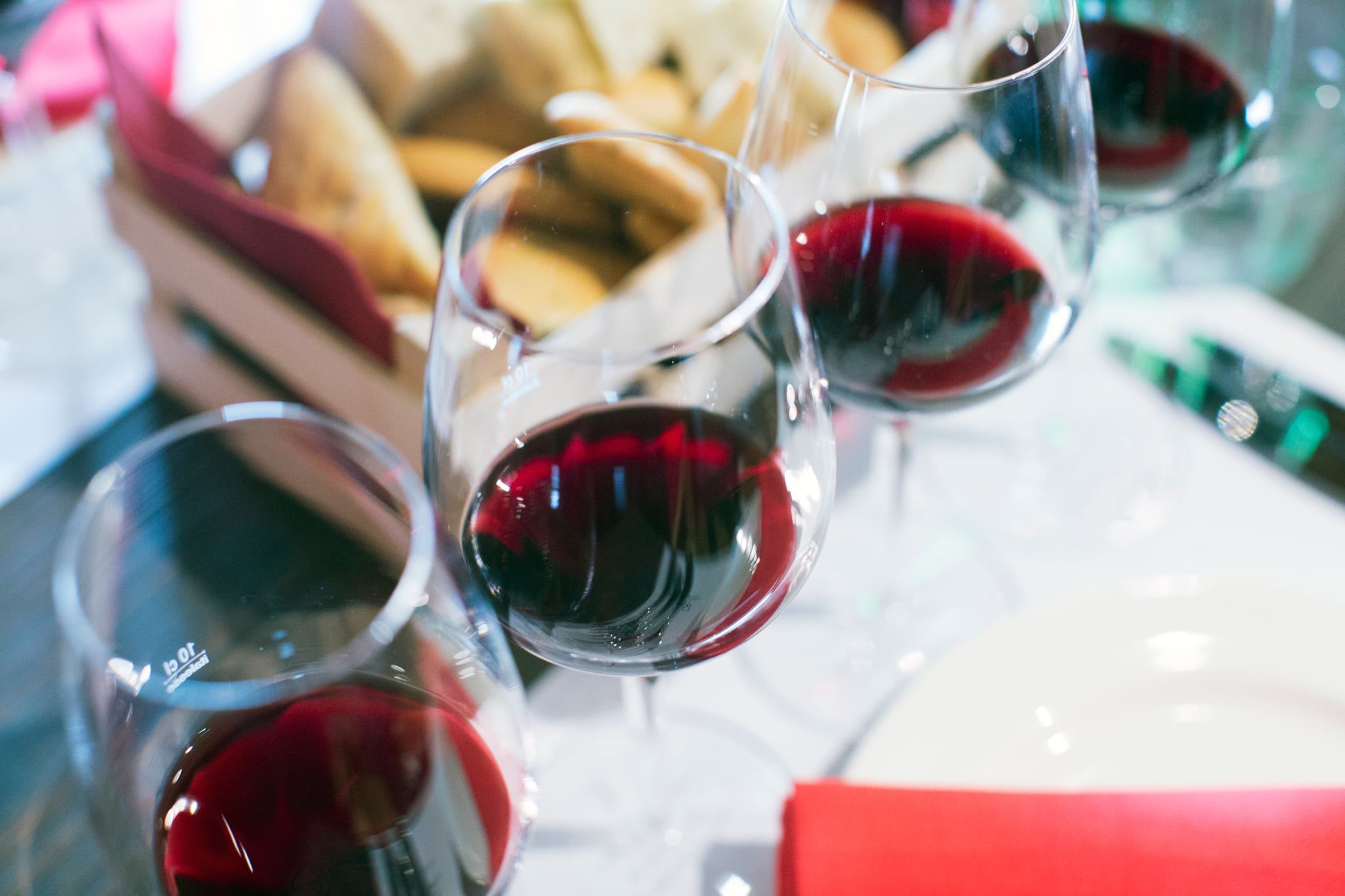
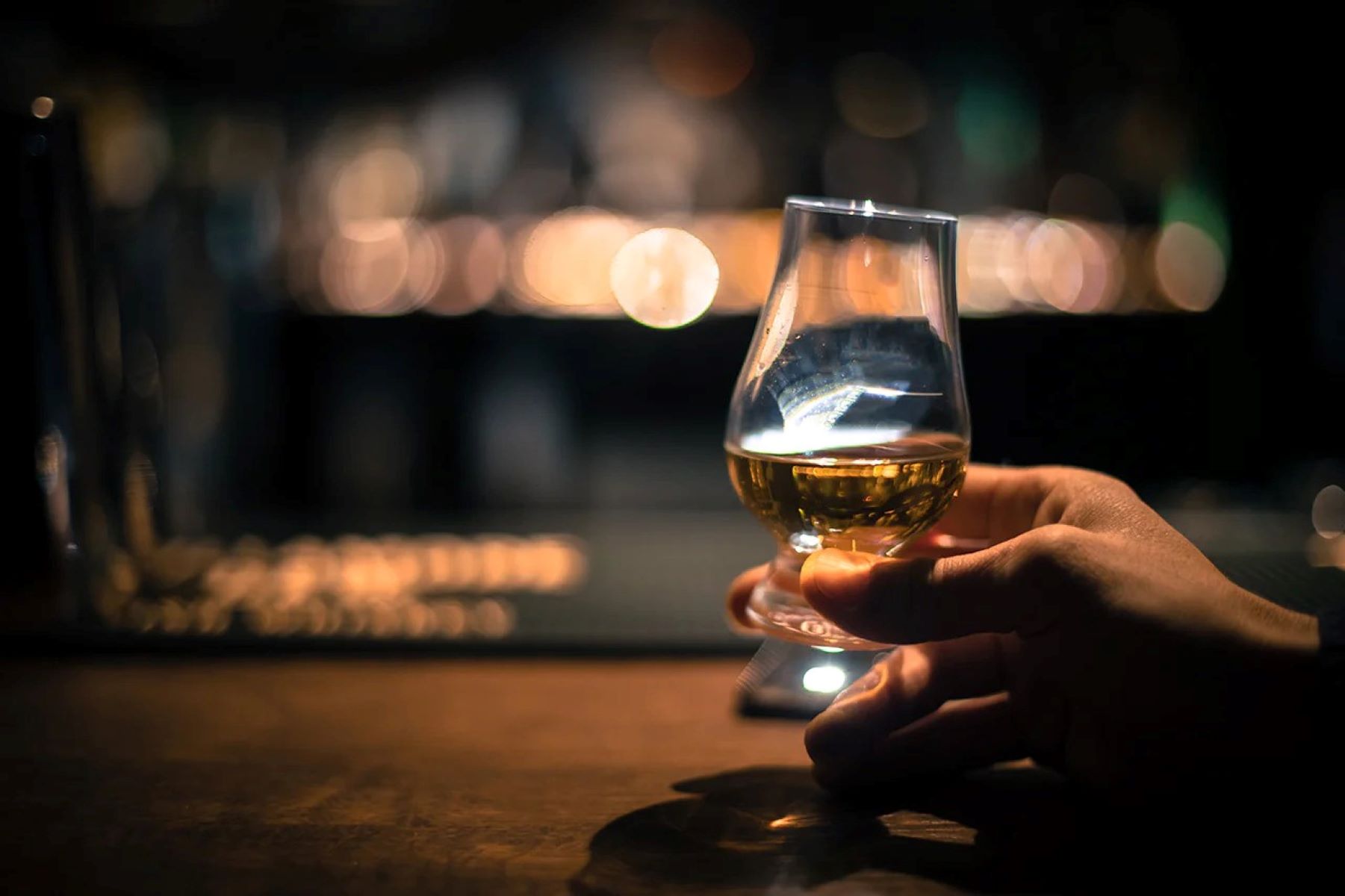
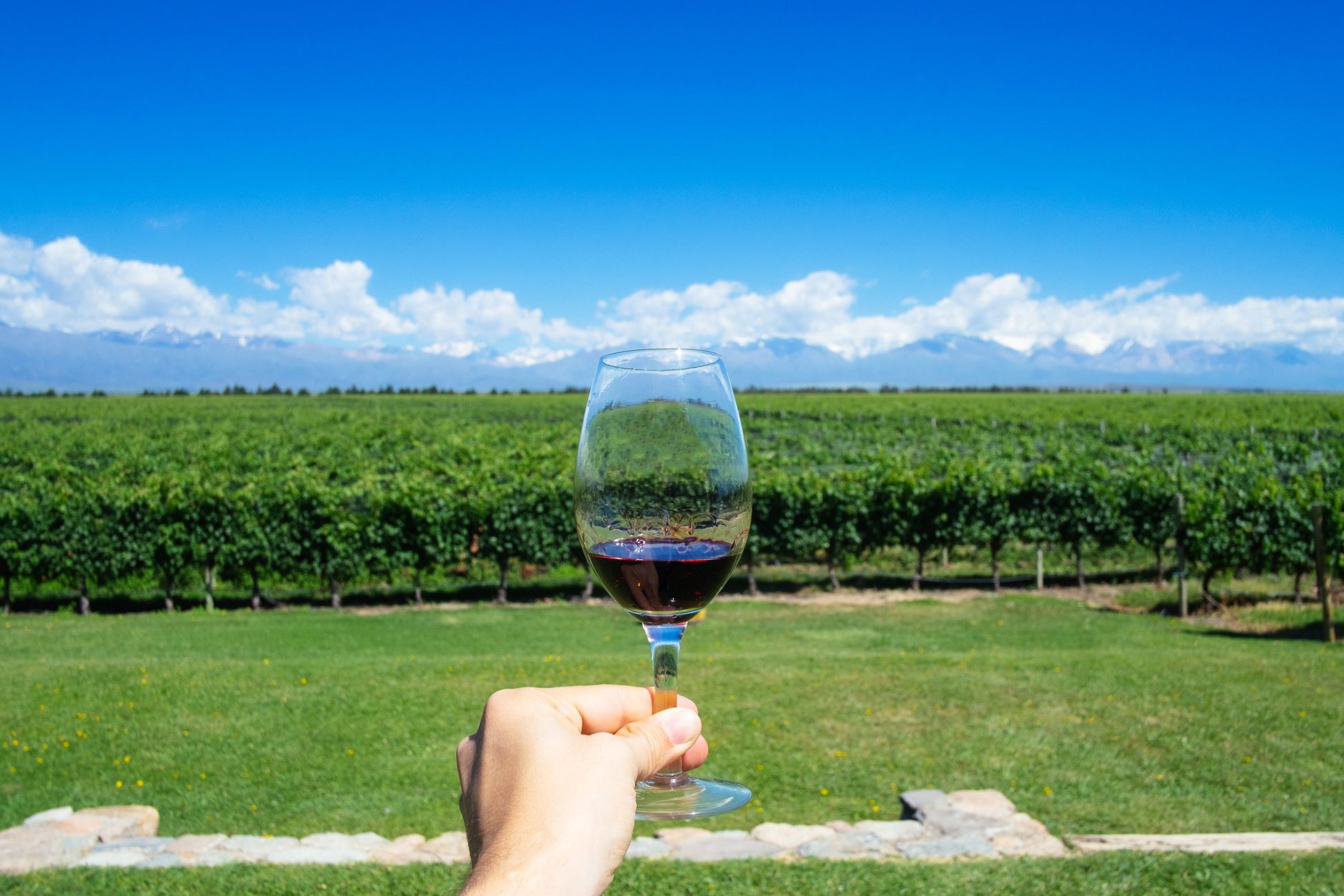
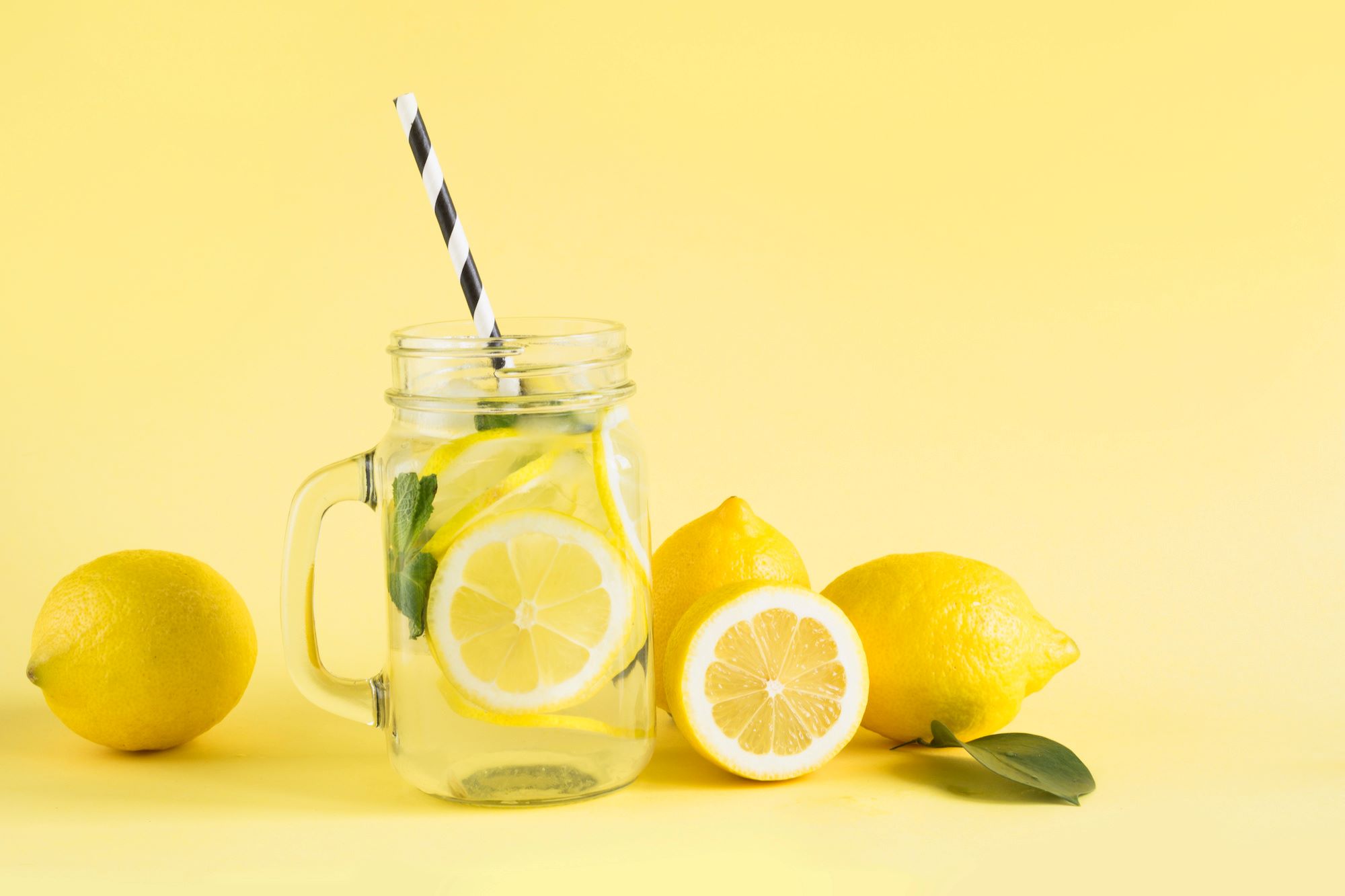

0 thoughts on “How Many Calories In A Glass Of Champagne”